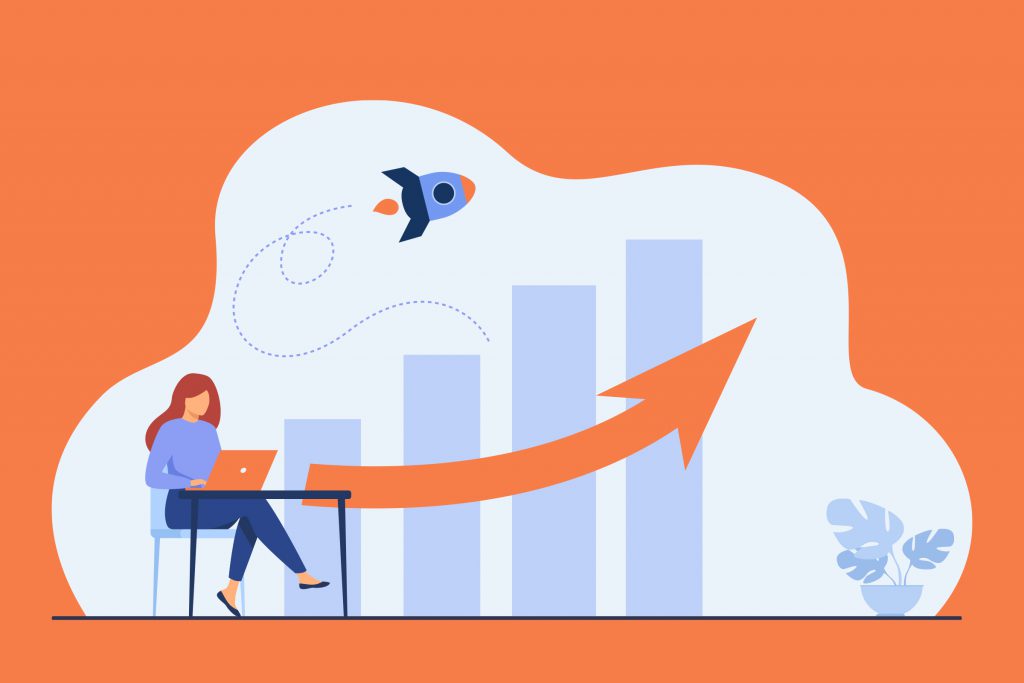It’s a well-known fact that the more motivated your employees are, the more productive they will be, and your business will run smoother.
Research suggests that bonuses based on employee performance can improve productivity. Unfortunately, managers have mistakenly believed that this practice is the only way to motivate employees.
Well, it’s not true. Your employees’ innate drive can be a powerful motivator and bring the firm together. Due to this, managers should take a look at ways employees can improve their performance.
This article will discuss three ways to improve employee performance, but first, let’s define what employee performance entails.
Employee Performance Defined
Employee performance refers to how team members perform their job obligations, complete essential tasks, and improve company performance. The quality, quantity, and efficiency of work are all factors in determining employee performance.
When leaders track team member production, they also get a sense of how the company is doing. This information not only emphasizes areas of improvement but also feeds future growth strategies.
Finally, and most significantly, clients may be disappointed in the company’s services if employees are underperforming. As a result, poor performance and difficulty in meeting goals may harm the entire company.
Top 3 Ways an Employee Can Improve Performance
To help increase your employee performance, here are three simple recommendations with concrete ways to implement them.
1. Stop Multitasking and Prioritize Your Work
Multitasking is common in the workplace. For example, suppose you work in a busy agency. It is not uncommon for you to handle communications with possible clients, speak with various contractors, manage and review work from freelancers ,while also doing your regular job. You may believe that you would be able to complete more work by doing all this at the same time, but what you are doing is hurting the quantity and the quality of your work.
What to do?
- Have your employees prioritize and concentrate on each task separately, rather than juggling three projects simultaneously. Then they will deliver better quality work more efficiently and effectively.
- Don’t designate any extra tasks that will divert attention away from primary responsibilities.
2. Reduce Distractions
According to the “Udemy In-Depth: 2018 Workplace Distraction Report,” 84 percent of workers believe they can completely refocus within a half-hour after being distracted.
In addition, the following are the effects of workplace distractions:
- 54% of workers are not performing as well as they could be.
- 50% of those polled feel less productive.
- 20% of people are unable to realize their full potential and advance in their careers.
Those numbers do not look good for performance. But with constant access to the internet and notifications from friends and family on our phones, it’s not surprising that we get distracted.
While that may not be a huge problem, distractions add to workplace stress leading to a drop in performance. So, to produce better work-related results, and maintain attention during working hours, let’s talk about where these distractions come from and how to minimize exposure to them.
What to do?
- Turn your phone off or put it in do not disturb mode. If it’s difficult to completely turn off a phone, schedule work and rest periods. For instance, for every hour of work, take a 10-minute phone break. Over a few weeks, gradually increase work time while reducing time spent on the phone.
- Work in a quiet area or use headphones.
- Provide a variety of rewards. This way, there’s more motivation to finish assignments.
- Have employees set aside a location in the house to use as an office, if they are working from home. This will reduce distractions from youngsters or pets and increase concentration.
3. Break Down Projects Into Milestones
Breaking down activities into small, doable milestones with proper time frames is the best way to ensure that things do not get behind schedule. This way, everyone will know what and when work needs to be done to complete the total project on time.
What to do?
- Break down workloads into doable chunks.
- Schedule enough time to complete each milestone.
Conclusion
Putting a premium on employee performance benefits enables people to achieve their maximum potential while also boosting overall performance, boosting morale, and improving the quality of work.
As managers, it is our job to help organize a cohesive, productive workforce. This can be done with a bit of proper planning, changing of habits, and proper implementation. With consistent effort, you and your team will make praiseworthy progress.



